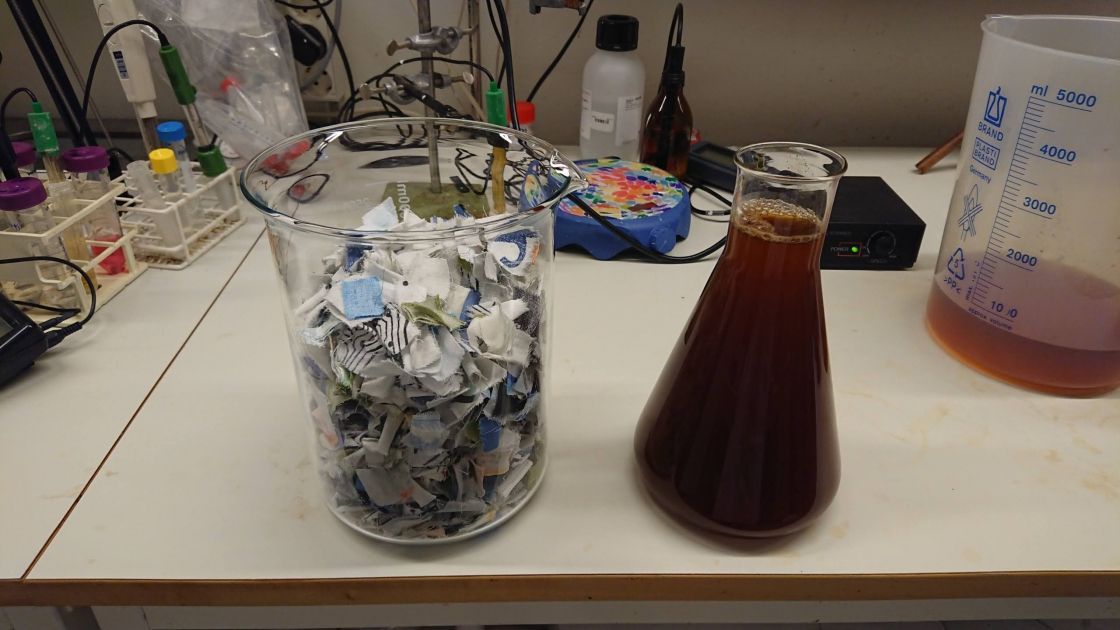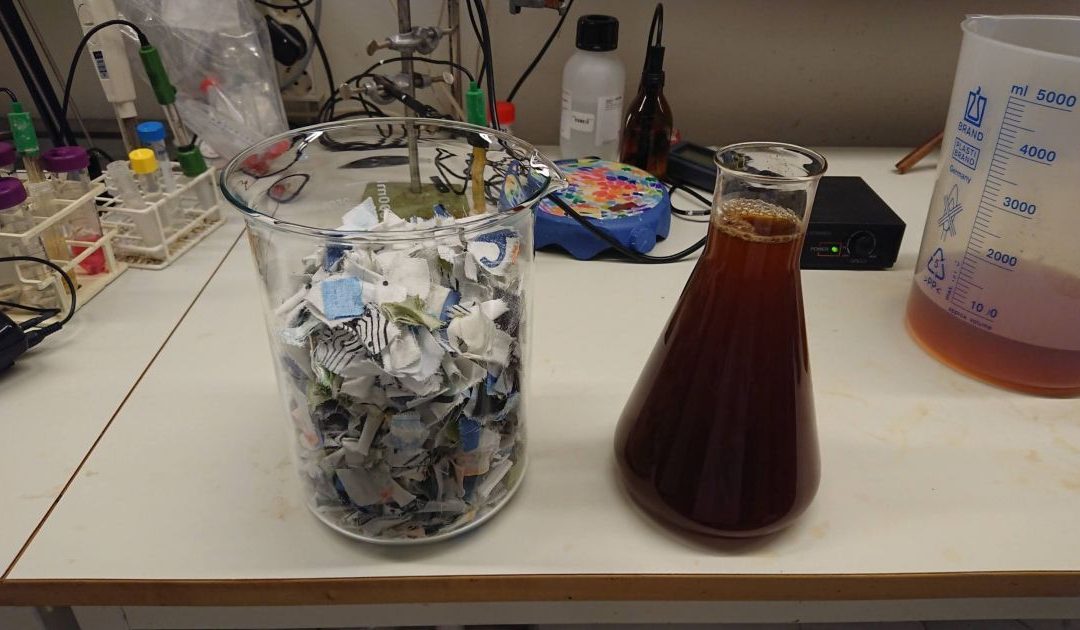
Recycling cotton is not entirely easy and this means that 25 million tonnes of cotton textiles are incinerated or dumped around the world every year. A new method can now make it possible to convert cotton fabrics into ethanol or new textiles in nylon and spandex.
The problem with recycling cotton is partly that it is not recycled as much as possible, and partly that it is not possible to recycle much of the cotton that is thrown away. The reason for the latter is that the cotton fibers become shorter when the cotton is reused and become new cotton textiles. In the end, the fibers become so short that they cannot be reused. This is where a research team from Lund University of Technology has found a solution.
The researchers use sulfuric acid to break down cotton fabrics into a sugar solution , glucose. Glucose is a very flexible molecule that has many uses.
– Our plan is to manufacture chemicals that in turn can become different types of textiles, including spandex and nylon. An alternative could be to make ethanol, says Edvin Ruuth, researcher in chemical engineering at Lund University and one of the researchers behind the study in a press release.
The actual method of using sulfuric acid to break down cotton is not new. As early as the 19th century, they figured out how to do this. The only problem was that the method was neither economically nor environmentally sustainable.
However, the Lund researchers’ method must be both profitable and gentle. The key is to find the right concentration of acid, the right number of treatment steps and the right temperature for the treatment.
– What makes cotton unique is that its cellulose has a high crystallinity. This makes it difficult for chemicals to break down and use the ingredients. In addition, there are many coatings, paints and other contaminants that need to be removed. And structurally, there is a lot of difference between a terry towel and a pair of old jeans, says Edvin Ruuth.
That it is problematic to find the right method can be shown by the fact that the researchers initially only managed to make glucose from 3–4 percent of the cotton. But after much development, they are now up to 90 percent and that should make the method commercially viable.
What is needed now are logistics solutions where the cotton is sorted so that what cannot be recycled is used to make glucose instead of going to incineration or ending up in dumps. If it comes into place around the world, we can avoid wasting more or less 25 million tonnes of cotton every year and instead get useful glucose.
Photo: Edvin Ruuth.





